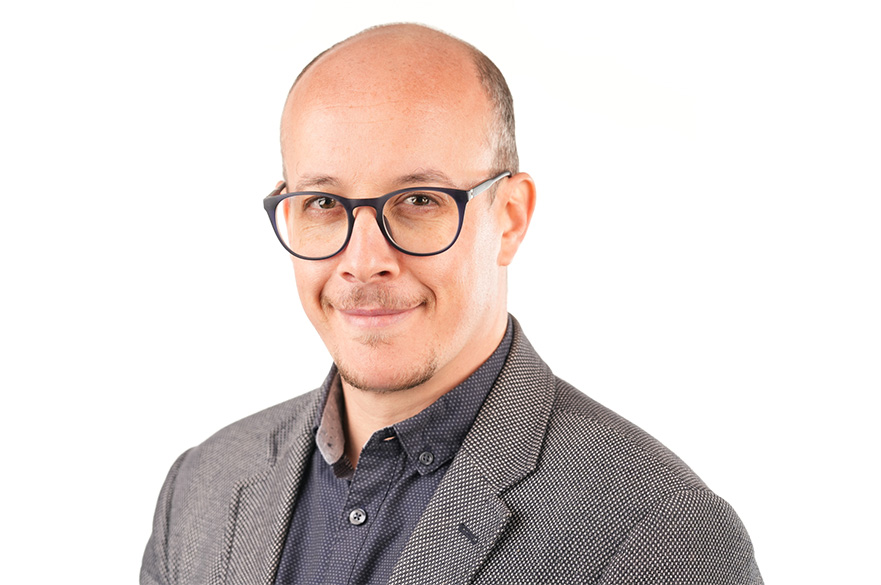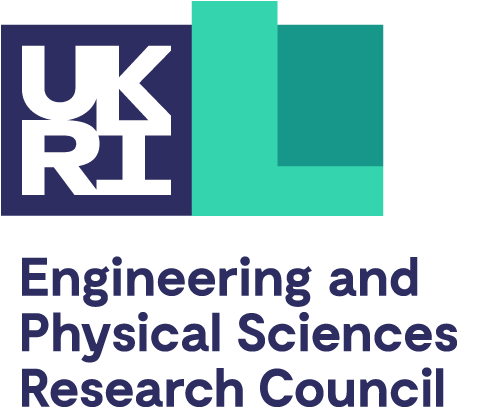Role
Dr Zak Mansouri is a Senior Lecturer in Aerospace Engineering, Course Director for Aerospace Engineering, and leading the Development and Diagnostic of Alternative Fules (DDAF) Laboratory.
Zak is a member of the Imaging, Materials and Engineering Research Centre (IMEC).
Teaching duties include:
- Solid Mechanics & Dynamics - Year 1 (Module Leader)
- Advanced Dynamics & Vibration - Year 2 (Module Leader)
- Individual Engineering Project - Year 3 (Module Co-Leader)
- Individual Industrial/Research Engineering Project - Year 4 (Module Co-Leader)
- Industrial Design & Product Case Studies - Year 2 (Contributor)
Career overview
Zak was a research and teaching fellow in the Faculty of Engineering at the University of Nottingham. His teaching duties were lecturing "Advanced Propulsion" Year 3 MEng Aerospace Engineering and "Introduction to Aerospace Technology" Year 3 MEng Mechanical Engineering. He was a member of the Mechanical and Aerospace Systems Research Group - MAS (formerly known as Gas Turbine and Transmissions Research Centre - G2TRC) hosting Rolls-Royce University Technology Centre.
From 2019 to 2021, he was a senior consultant in Mechanical & Energy Engineering for industrial R&D projects at Abylsen Group, at the Science and Technology business unit in Lyon, France. During this role, he accomplished a one-year consulting mission at GE Renewable Energy as a CFD and turbomachinery expert working on €2.5 million research projects. His consultancy has contributed to the modernisation of Limmern pumped storage plant turbines in Switzerland and designing the turbines of Kundah hydropower plant in India.
Prior to his consultancy career, Zak was a post-doctoral researcher for one year at the French Alternative Energies and Atomic Energy Commission and member of the Department of Thermal Science, Biomass and Hydrogen. He worked on the thermal management of processes. In 2017, Zak was awarded an independent research fellowship of €50,000 funded by the French National Agency for Research (ANR) to work on low-carbon combustion technology.
Zak received his PhD from the University of Laghouat in Algeria in 2016. He was awarded a doctoral scholarship to spend 3 years at the French National Centre for Scientific Research (CNRS) working on the modelling of swirl-stabilised flames and hydrogen combustion.
Research areas
Current research projects:
- Iron Fuel as a Clean Energy Carrier and Net Zero Enabler. Funder: The Royal Society
Current areas of research interest:
- Combustion of Net Zero fuels such as metal powders and hydrogen
- Combustor-Turbine interaction in modern aero engines
- Aerothermal performance and cooling of gas turbines
Research expertise:
- Experimental diagnostic of combustion
- Computational reacting flows
- Turbulent flows in turbomachinery
Zak has published more than 20 journal papers in these areas.
Zak welcomes all opportunities to collaborate on industrial or academic projects. Please contact him directly by email to discuss possible opportunities or for further information.
Information on PhD projects may also be obtained from the NTU Doctoral School.
External activity
Learned Society:
- Member of the Institute of Physics (MInstP).
- Member of the Combustion Institute (MemCI) British section.
Reviewing Service:
Reviewer for different renowned journals such as (the list is not exhaustive):



- International Journal of Heat and Mass Transfer
- Combustion Science and Technology
- Combustion and Flame
- International Journal of Heat and Fluid Flow
Reviewer for different researcher funders:
Sponsors and collaborators
Funders
Industrial and non-profit collaborators:
- Lanemark Combustion Engineering Ltd (UK)
- Materials Processing Institute (UK)
- TSI Incorporated (USA)
- ArcelorMittal (France)
- Fenix Energy (France)
Academic partners :
- University of Strasbourg (France)
- University of Orleans (France)
- National Institutes of Science and Technology (France)
- National Higher School of Technology and Engineering (Algeria)
Publications
Zak has published more than 20 journal papers. Publications from the last five years are shown. | |
 | Arrif K, Mansouri Z, Azzouz S, Settar A, 2025, Numerical investigations of the aerothermal performance of modern turbine blade tip geometries at design and off-design conditions and under stationary and moving shroud, Heat Transfer (Wiley), Acceped in March 2025, DOI: |
 | Mansouri Z, Chouichi L, Azzouz S, Settar A, 2025, A Novel Micro-Thermophotovoltaic Combustor of Hydrogen–Air to Enable Ultra-Lean Combustion, High Thermal Output and NO Low Emissions, International Journal of Energy Research, Vol. 2025, 4352411, DOI: 10.1155/er/4352411 |
| Lee DS, Love A, Mansouri Z, Clarke THW et al., 2022, High-Productivity Single-Pass Electrochemical Birch Reduction of Naphthalenes in a Continuous Flow Electrochemical Taylor Vortex Reactor, Organic process research & development, Vol.26, 2674-2684, DOI: 10.1021/acs.oprd.2c00108 | |
| Mansouri Z, Jefferson-Loveday R, 2022, Heat transfer characteristics of a high-pressure turbine under combined distorted hot-streak and residual swirl: an unsteady computational study, Int journal of heat and mass transfer, Vol.195, 123143, DOI: 10.1016/j.ijheatmasstransfer.2022.123143 |
 | Mansouri Z, 2021, Aerodynamic and heat transfer performances of a highly loaded transonic turbine rotor with upstream generic rim seal cavity, Propulsion and power research, Vol.10, 317-331, DOI: 10.1016/j.jppr.2021.11.003 |
 | Mansouri Z, 2021, Unsteady simulation of flow and heat transfer in a transonic turbine stage under non-uniform inlet conditions, Int communications in heat and mass transfer, Vol.129, 105660, DOI: 10.1016/j.icheatmasstransfer.2021.105660 |
| Mansouri Z, 2021, Numerical prediction of heat transfer characteristics on a turbine nozzle guide vane under various combustor exit hot-streaks, Heat transfer, Vol.51, 976, DOI: 10.1002/htj.22338 |
| Mansouri Z, Belamadi R, 2021, The influence of inlet swirl intensity and hot-streak on aerodynamics and thermal characteristics of a high pressure turbine vane, Chinese journal of aeronautics, Vol.34, 66-78, DOI: 10.1016/j.cja.2020.12.036 |




